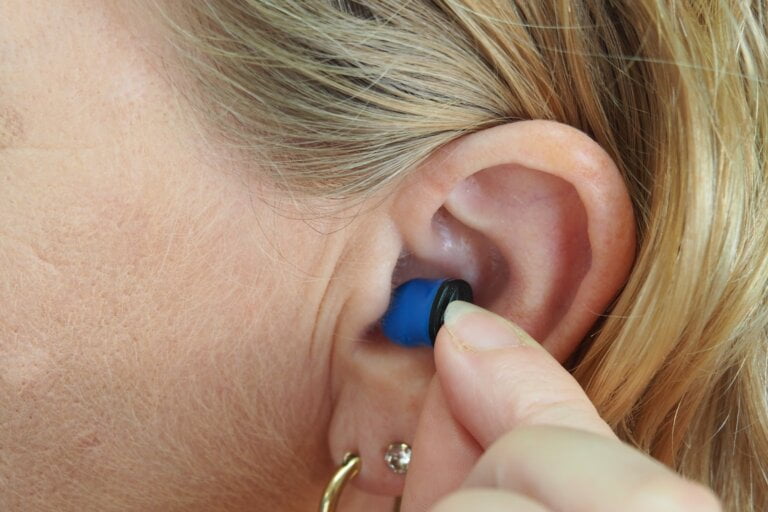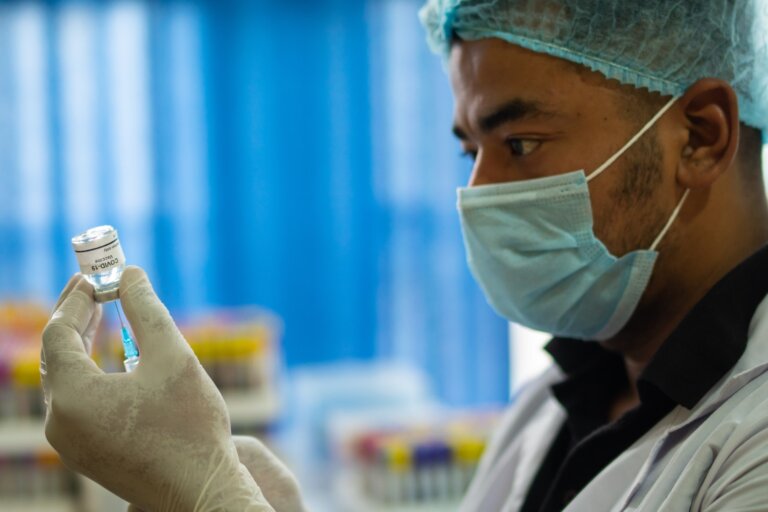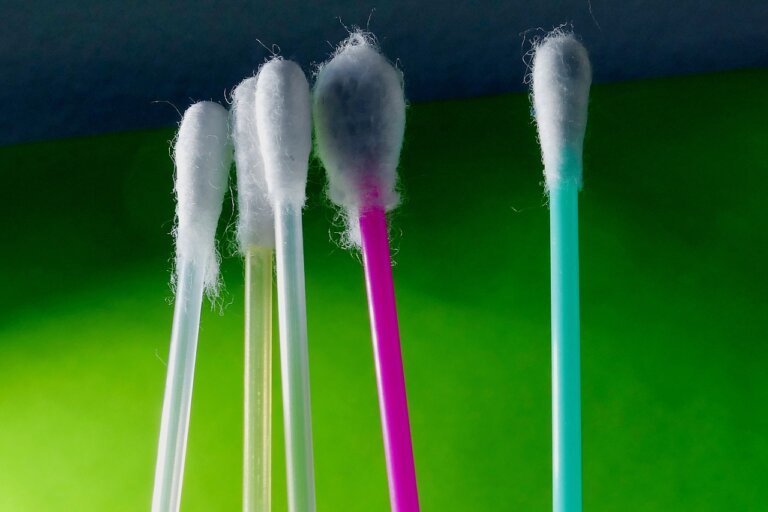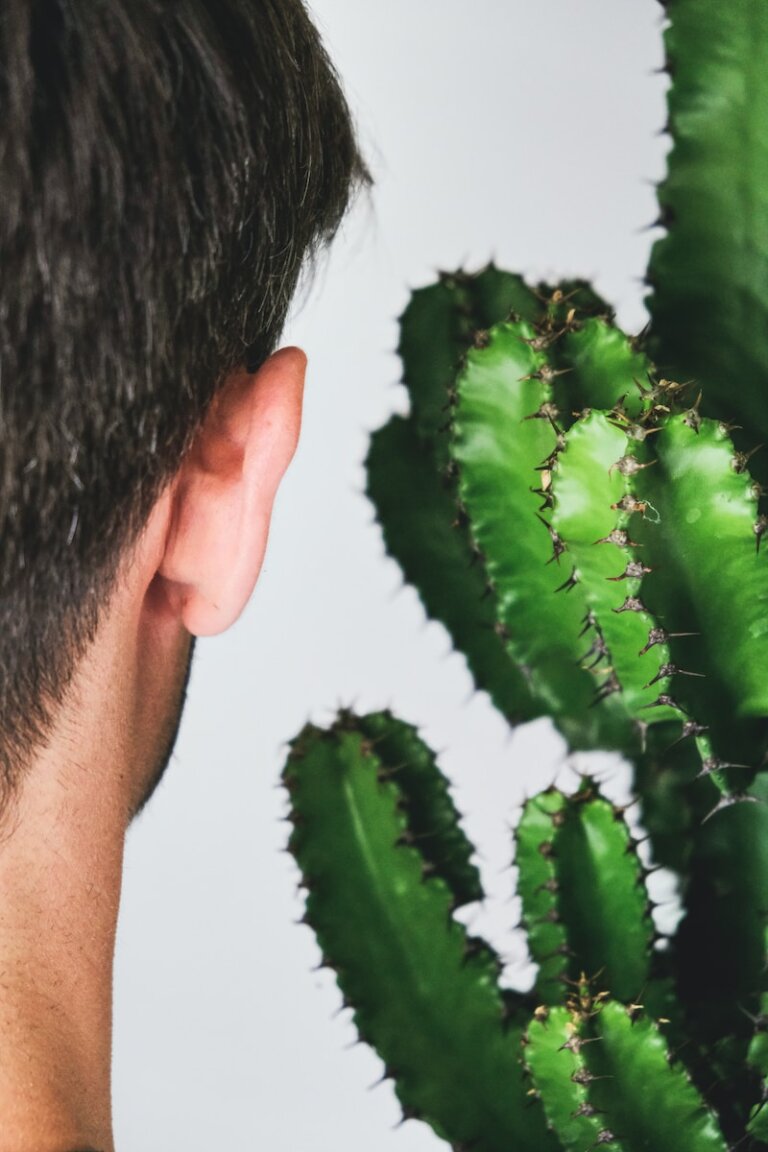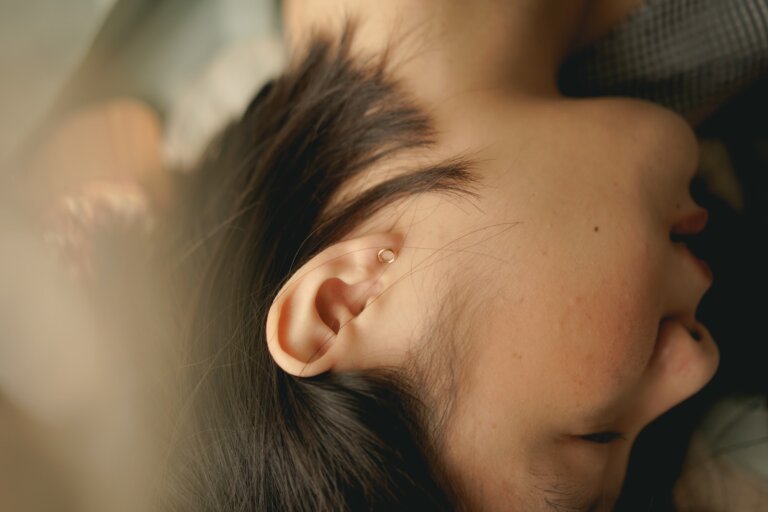Cleansing with Care: Safe and Effective Techniques for Ear Cleaning
Last Updated on 3rd May 2024 by Admin
Taking care of our ears is a crucial part of our overall health and well-being. Proper ear hygiene involves regular cleaning to remove excess wax and debris, which can accumulate over time. However, it is important to approach ear cleaning with caution and use safe, effective techniques to avoid causing any harm or damage. In this article, we will explore various methods and tips for cleansing your ears with care.
Why is Ear Cleaning Important?
Earwax, medically known as cerumen, is a natural substance produced by the ear to protect and lubricate the ear canal. It helps to trap dust, dirt, and other foreign particles, preventing them from reaching the delicate inner ear. However, an excessive buildup of earwax can cause discomfort, hearing loss, or even lead to an ear infection.
Regular ear cleaning helps to maintain proper ear hygiene and promotes healthy ear function. It can also prevent the accumulation of excessive earwax, which may lead to various ear-related problems. By keeping the ear canal clean, you can reduce the risk of blockages, infections, and other complications.
Safe Techniques for Ear Cleaning
- Earwax Softening Drops: Before attempting any ear cleaning method, it is advisable to soften the earwax to make it easier to remove. Over-the-counter earwax softening drops can be used by following the instructions provided. These drops typically contain hydrogen peroxide, saline solution, or glycerin, which help to loosen the wax. By applying a few drops of the solution into the ear canal and allowing it to sit for a few minutes, the wax becomes softer and easier to remove.
- Warm Water Rinse: One of the most common and safest methods for ear cleaning is using warm water. Gently irrigating the ear canal with warm water can help dislodge and flush out excess earwax. To do this, fill a rubber bulb syringe with lukewarm water and tilt your head sideways. Gently squeeze the syringe to release a stream of water into the ear canal. Allow the water to drain out, and repeat if necessary. The warm water helps to soften the wax, making it easier to flush out.
- Manual Removal with a Washcloth: For a more gentle approach, you can use a damp washcloth to clean the outer part of your ear. Simply moisten the cloth with warm water and wipe the outer ear, avoiding inserting it into the ear canal. This method is suitable for removing visible wax and debris from the entrance of the ear. By gently wiping the outer ear, you can remove any dirt or wax that may have accumulated.
- Earwax Removal Kits: Earwax removal kits, available at pharmacies, often contain specialized tools such as ear picks, scoops, or loops. These tools can be used to carefully remove visible earwax from the outer ear, avoiding insertion into the ear canal. It is important to use these tools with caution and follow the provided instructions precisely to prevent any injury. The tools in the kit are designed to safely remove visible wax, but they should not be used for deep cleaning or removal of impacted wax.
Techniques to Avoid
While it is essential to know safe ear cleaning techniques, it is equally important to be aware of methods that should be avoided. These techniques may seem tempting, but they can cause harm and potential damage to your ears. Here are some techniques to avoid:
- Cotton Swabs or Q-tips: Inserting cotton swabs or Q-tips into the ear canal can push the earwax further inside, leading to impaction or injury. They can also cause the delicate ear canal skin to become irritated, increasing the risk of infection. It is best to avoid inserting any objects into the ear canal.
- Ear Candles: Ear candling is a technique where a hollow cone-shaped candle is inserted into the ear and lit. Advocates claim that it creates a vacuum effect and draws out the earwax. However, this technique is not supported by scientific evidence and can be dangerous. Ear candling may cause burns, blockages, or puncture the eardrum. It is important to avoid using ear candles for ear cleaning.
Tips for Ear Cleaning
To ensure safe and effective ear cleaning, here are some additional tips to keep in mind:
- Consult a Healthcare Professional: If you experience persistent earwax buildup, severe pain, hearing loss, or any other concerning symptoms, it is advisable to consult a healthcare professional. They can assess your condition and recommend appropriate treatment or ear cleaning procedures. A healthcare professional can provide personalized guidance and care based on your specific needs.
- Avoid Excessive Cleaning: While it is important to maintain ear hygiene, excessive cleaning can disrupt the natural process and lead to more earwax production. Cleaning your ears once every few weeks or as needed is generally sufficient for most individuals. Over-cleaning can strip the ear canal of its natural oils and protective wax, leading to dryness and irritation.
- Know Your Limits: If you are unsure or uncomfortable with performing ear cleaning at home, it is best to seek professional help. Healthcare providers, such as ENT specialists or audiologists, are trained in safe and effective ear cleaning techniques. They have the expertise to properly assess and address any ear-related concerns.
- Protect Your Ears: To prevent excessive earwax buildup and potential damage, take precautions to protect your ears. Avoid inserting small objects, such as bobby pins or pen caps, into your ears, as they can cause injury or push the wax deeper. It is important to keep foreign objects away from the ear canal to prevent any harm.
- Avoid Excessive Moisture: Excessive moisture in the ear can promote bacterial growth and increase the risk of infections. After swimming or showering, gently dry your ears with a towel or use a hairdryer on the lowest setting at a safe distance to remove any excess moisture. By keeping your ears dry, you can reduce the risk of developing ear infections.
Taking care of your ears through safe and effective cleaning techniques is essential for maintaining ear health. By following the recommended methods and tips outlined in this article, you can ensure proper ear hygiene and reduce the risk of potential complications. Remember, if you have any concerns or persistent issues, it is always advisable to consult a healthcare professional for personalized guidance and care.
FAQ
Q: Why is ear cleaning important?
A: Ear cleaning is important to maintain proper ear hygiene, prevent excessive earwax buildup, and promote healthy ear function. It can help reduce the risk of blockages, infections, and other complications.
Q: What are safe techniques for ear cleaning?
A: Safe techniques for ear cleaning include using earwax softening drops, warm water rinse, manual removal with a washcloth, and earwax removal kits. These methods help to soften and remove excess earwax without causing harm.
Q: What techniques should be avoided for ear cleaning?
A: Techniques to avoid for ear cleaning include using cotton swabs or Q-tips, as they can push the earwax further inside and cause injury. It is also important to avoid using ear candles, as they can be dangerous and potentially cause burns or puncture the eardrum.
Q: What are some tips for ear cleaning?
A: Some tips for ear cleaning include consulting a healthcare professional for personalized guidance, avoiding excessive cleaning to prevent overproduction of earwax, knowing your limits and seeking professional help if unsure, protecting your ears from small objects, and avoiding excessive moisture to reduce the risk of infections.


